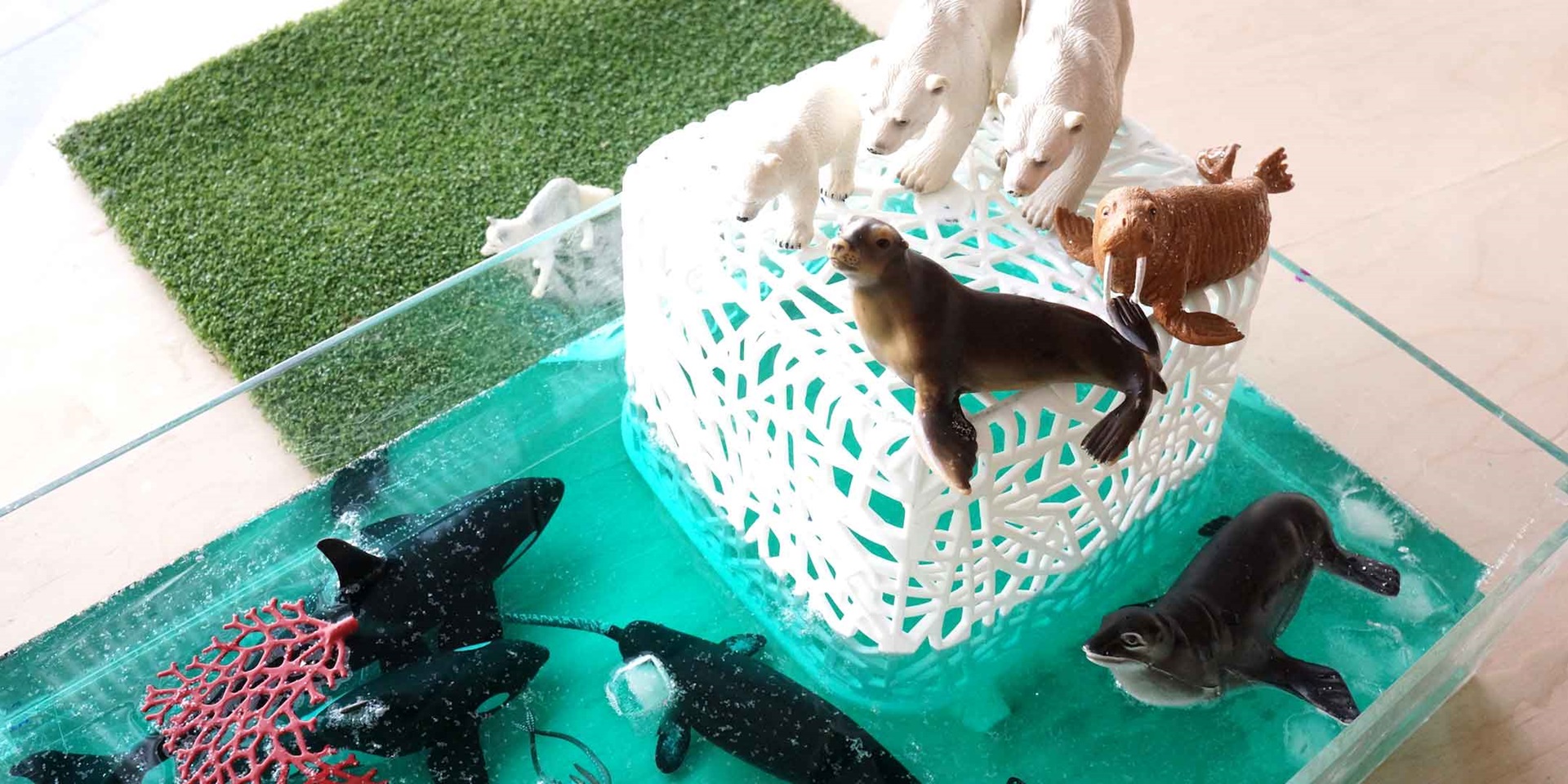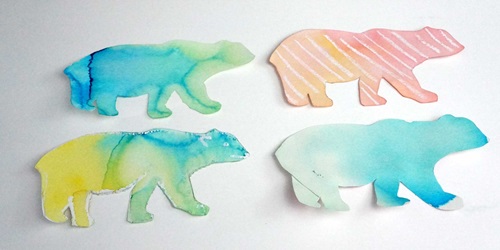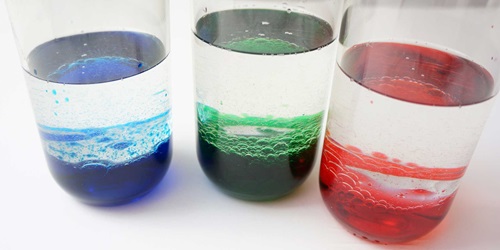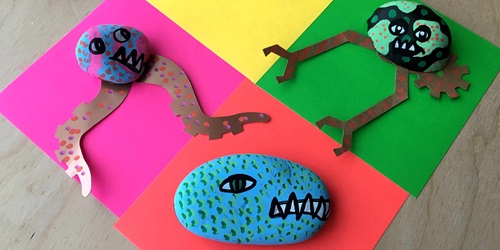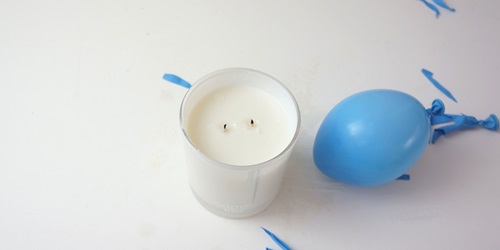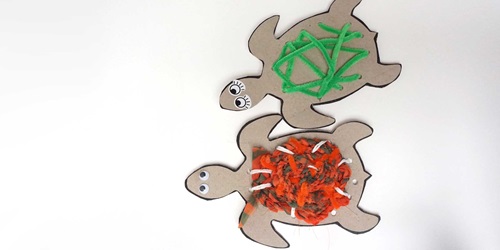Enjoying science play and simple experiments with children is a fun and easy opportunity to foster their curiosity and problem solving skills.
Small worlds are wonderful fun and a favourite play-based learning activity for early learners. While often they turn into fictional collages of different creatures and textures, they can also easily contain simple concepts about a real environments or ecosystems.
Suitable for ages: Early learners and up
Time required: 30 minutes (not including freezing)
Difficulty: 2 out of 5
Related Exhibition: Elysium Arctic
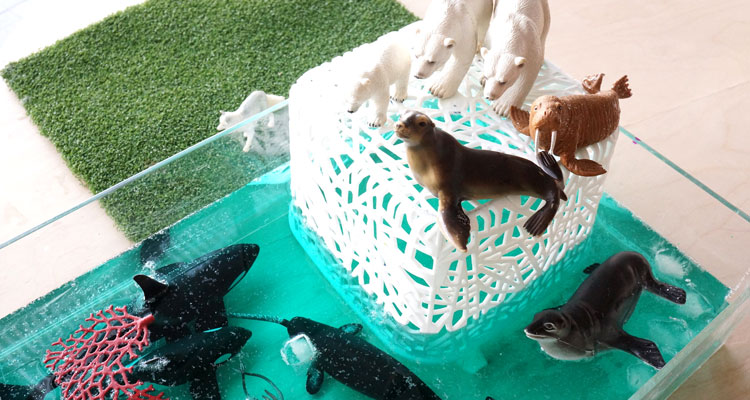
Did you know... as well as the Elysium Arctic expedition there was a previous expedition called the Elysium Antarctic expedition. Both expeditions took scientists, musicians, artists, photographers and filmmakers to these polar environments to capture the effects of changing climates on the regions and to create art, images and exhibitions that would affect our actions as humans in protecting vulnerable animals and caring for our environment.
Climate change can be a very complex idea to describe to learners of any age. Polar environments and how they are impacted by changes in sea ice, sea levels and temperature is a big concept. So we’ve collected together a few simple experiments can be a tangible and memorable ways to delve into this idea.
Ice cores are used by scientists to learn about environmental conditions in the past before people were around to write about them. Each layer of ice provides information about the amount of snow that a glacier had in a year. These layers can also contain materials such as ash from forest fires and volcanoes, dust picked up by winds, as well as pollen and insects. Some of these materials are visible to your eyes, others need to be measured with special technology to be seen.
Small Worlds: creating an arctic ecosystem
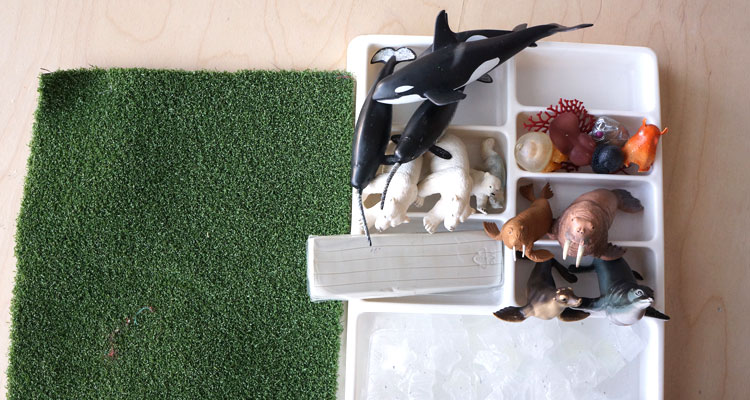
- Ice frozen into shallow trays or blocks
- Water
- Some play dough or polymer clay, faux moss
- Figurines of a Polar bear, some whales like belugas, narwhals, grey whale, humpback whale, arctic fox, reindeer, snowy owl, musk ox, harp seal, walrus, hare, fish and something tiny to represent plankton and algae (these could be replaced by a polymer clay creation or a laminated cut out if you don’t have all these creatures)
- Two trays to contain the wet and dry environments
To Do This Experiment:
Step 1.
Build some tundra in the dry tray and place the land dwelling creatures there.
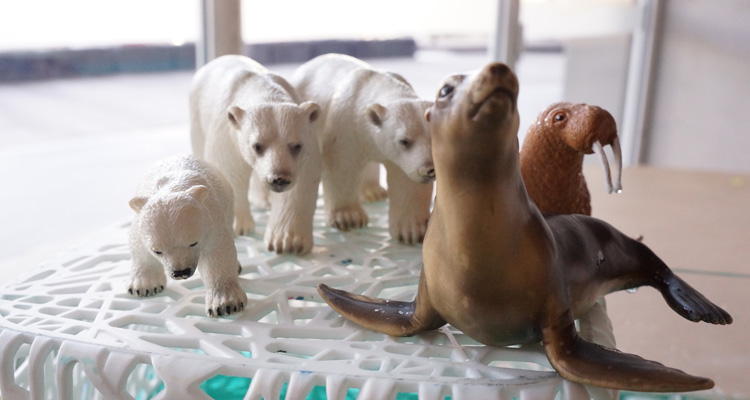
Step 2.
Fill the wet tray with some water and ice and a little food colouring and place the ocean dwelling creatures there.
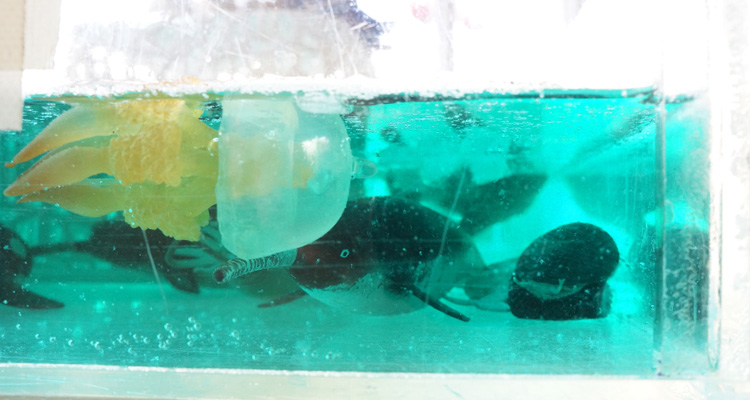
Step 3.
Start a conversation about who lives where and what they eat.
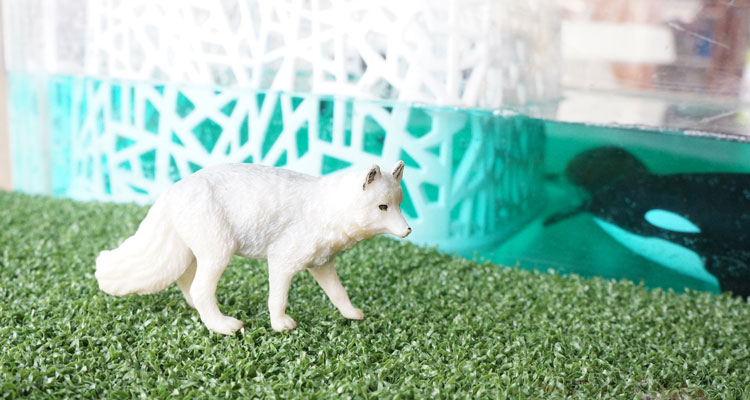
Pull out the animals one by one onto a sheet of paper and draw arrows between them to create a food web.
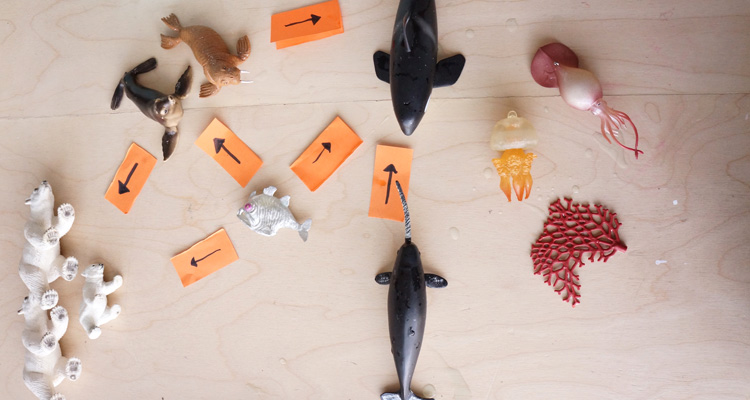
Imagine if one of the animals, like the polar bear, was not able to hunt for their food because the sea ice was disappearing. How would that affect the other creatures in this food web?
We’d love to see your creations!
Please send us photos either by email to: web@sea.museum or tag us on Instagram - just tag the photo with our username @sea.museum
You might also enjoy...
